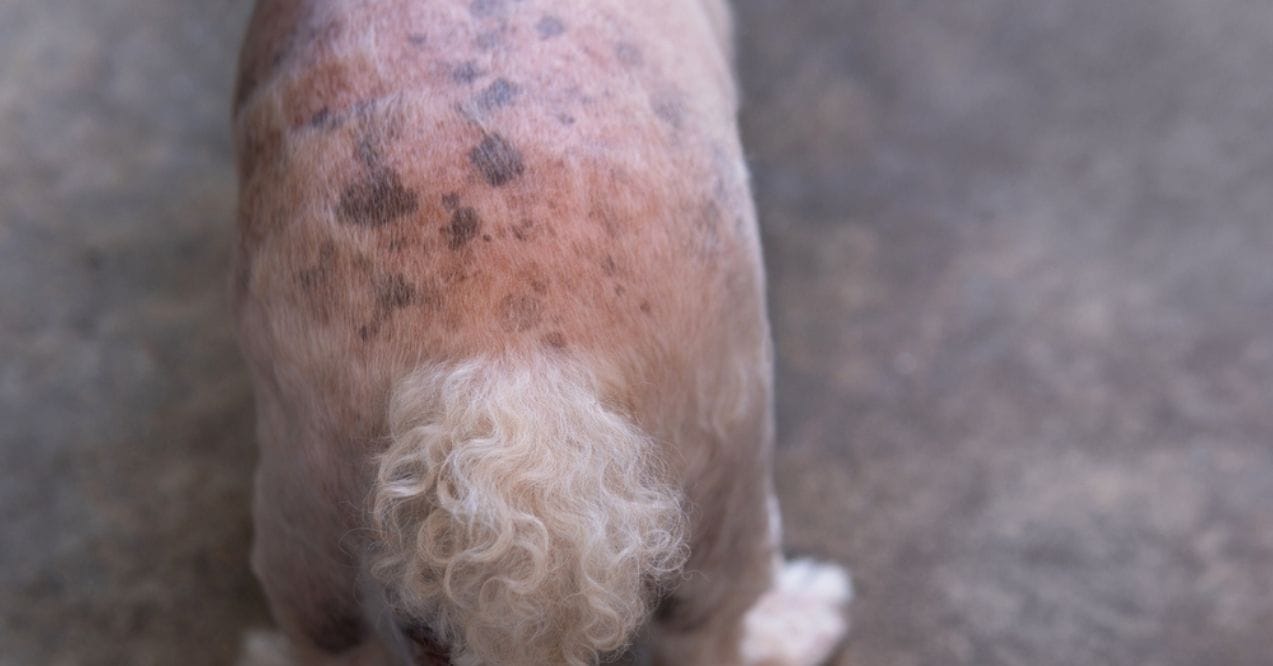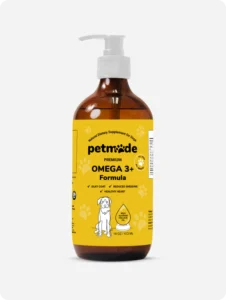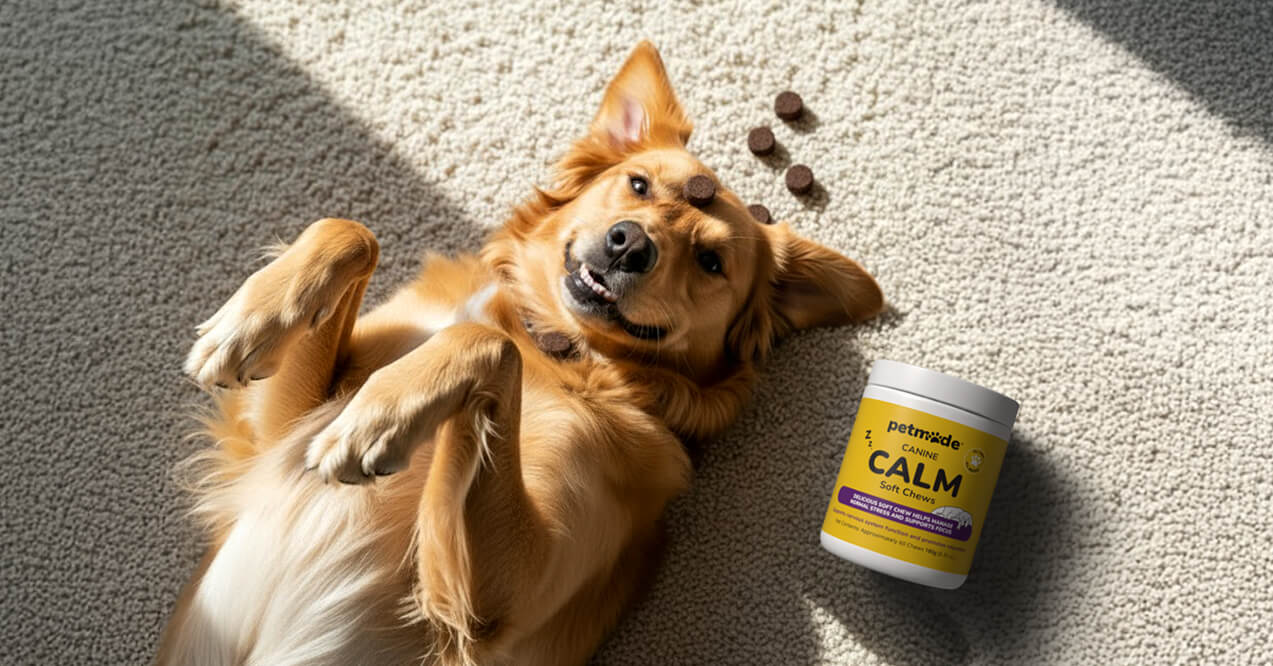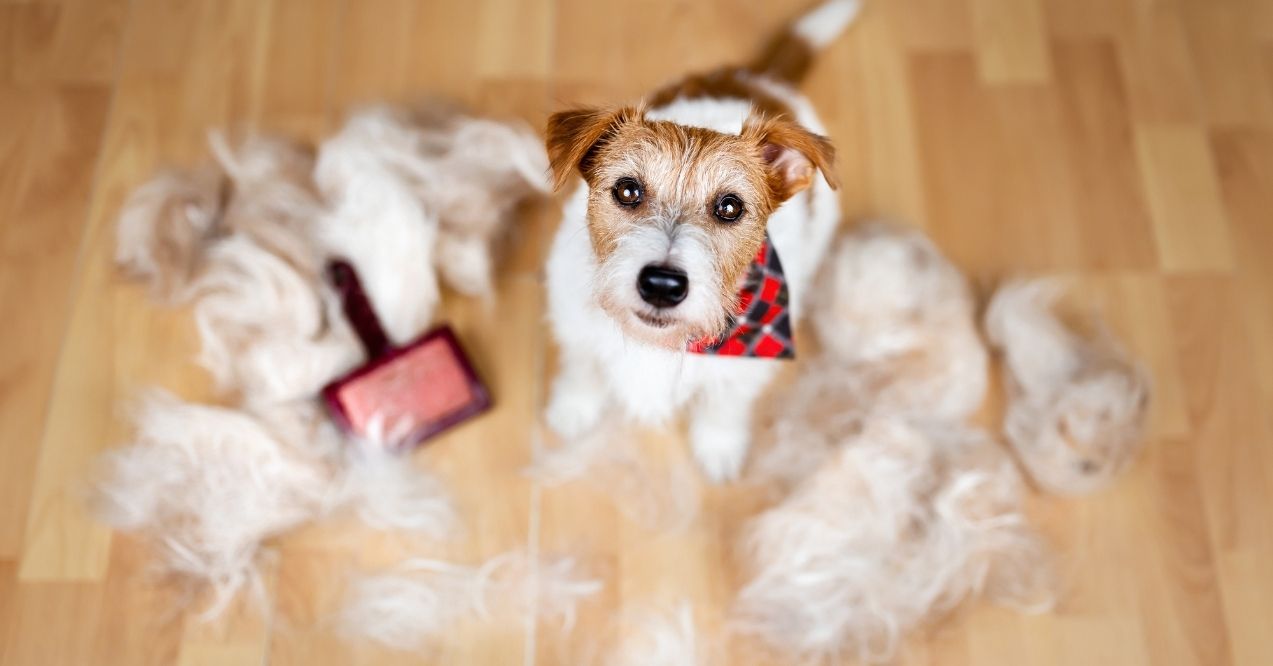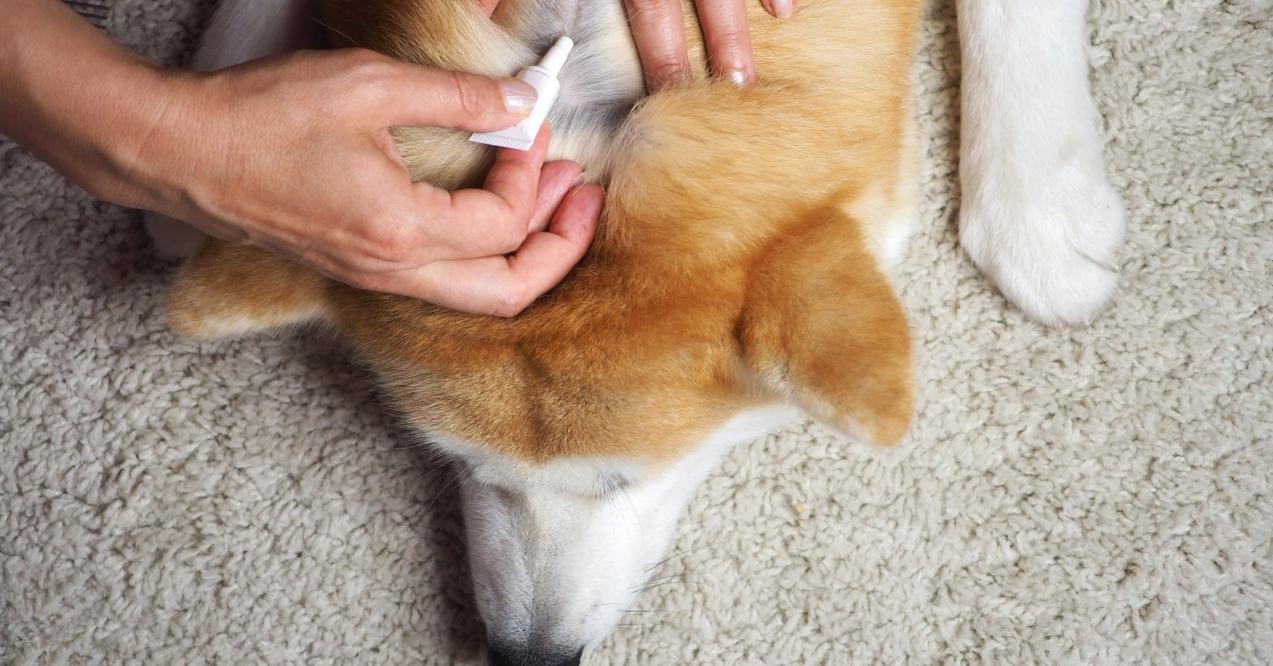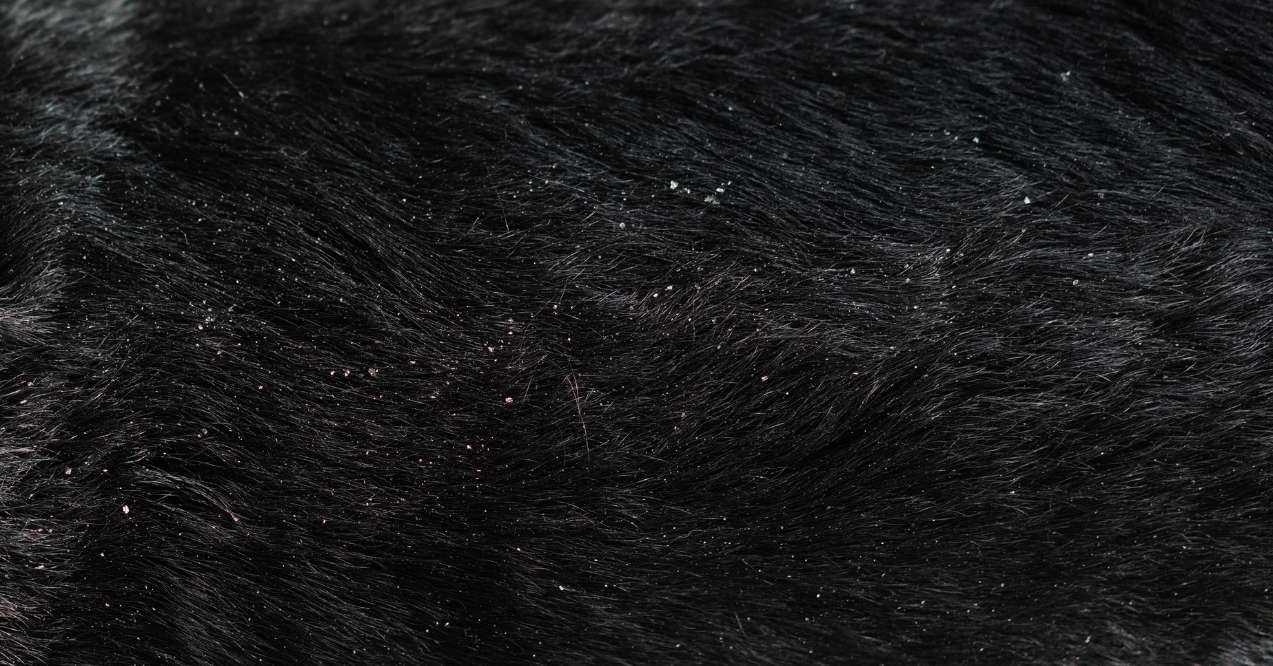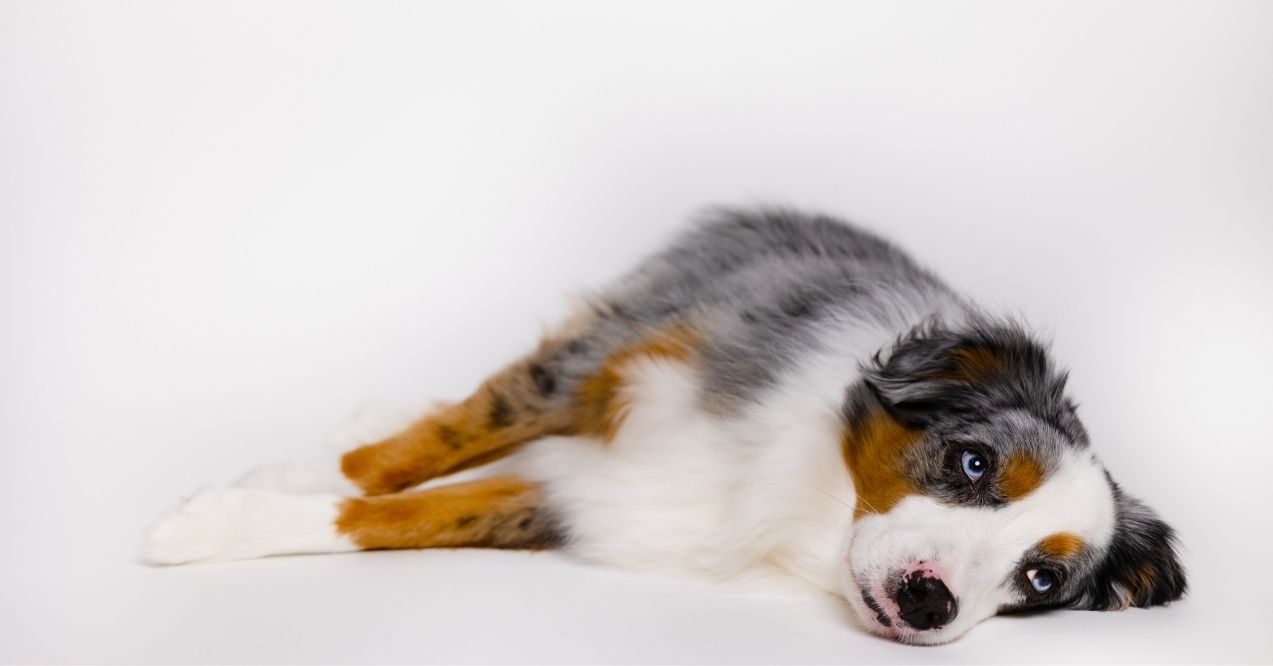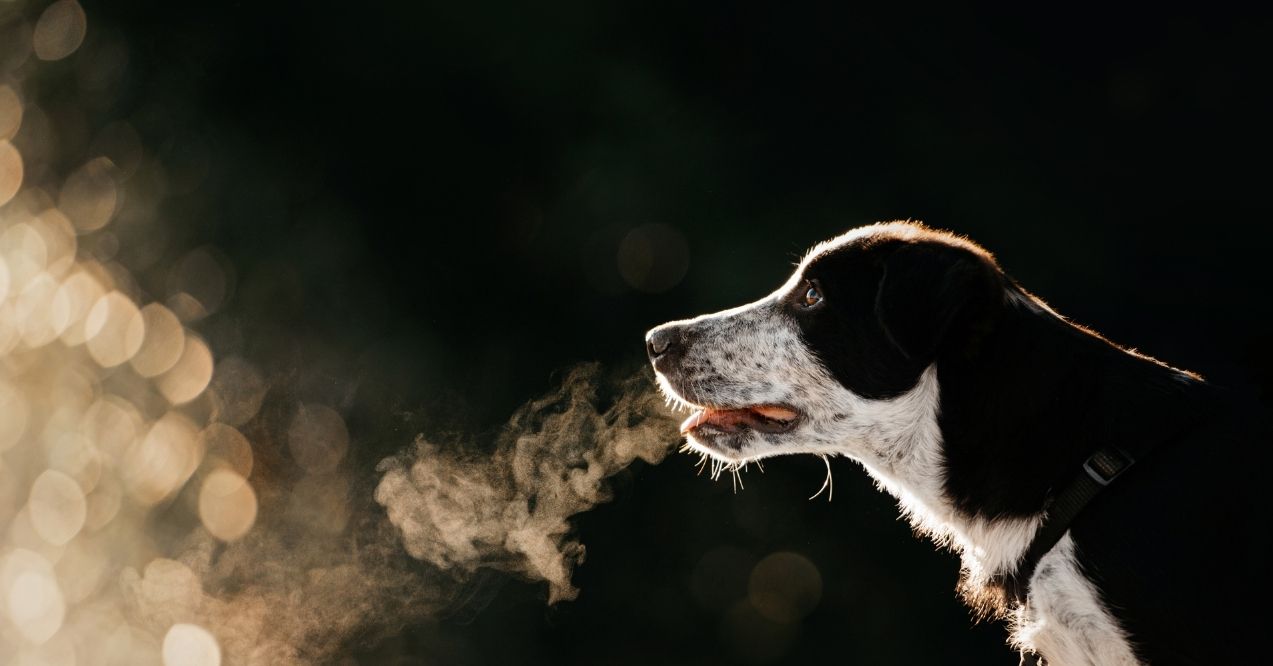Black Spots on Dog’s Skin – Causes & Solutions
Have you noticed black spots on your dog’s skin lately? While these spots often turn out to be harmless, they can sometimes signal that your furry friend needs extra attention. As caring pet parents, it’s natural to feel concerned when you spot these dark patches, especially if you’ve discovered a black spot on your dog’s stomach or other sensitive areas.
Black Spots on Dogs: Harmless or a Warning Sign?
When your dog has black spots on skin, it’s helpful to know what to look for during your initial assessment. The appearance and behavior of these spots can tell you a lot about their nature. Some spots stay the same size and shape for years, while others might change rapidly.
The texture of the spots provides valuable clues about their cause. Smooth, flat spots typically cause less concern than raised or scaly ones. Your pup’s behavior around these spots matters too – if they’re constantly scratching or paying attention to certain areas, that’s worth noting.
5 Common Causes of Black Spots on Dogs’ Skin
When you notice black spots on dogs belly or other areas, knowing the potential causes can help you better care for your four-legged friend. Let’s explore the most common reasons these spots appear and what they might mean for your pet’s wellbeing.
1. Harmless Pigmentation Changes
Just like humans, dogs can develop darker patches of skin as they age. Some breeds, including Dalmatians, Boxers, and Schnauzers, naturally develop more noticeable pigmentation changes than others. These changes often appear gradually and don’t cause any discomfort to your pet.
Small black dots on dogs skin might appear after minor scratches or irritations heal. These spots typically don’t require any treatment, though it’s good practice to keep an eye on them. Natural pigmentation changes often appear symmetrically and don’t cause any irritation to your furry friend.
2. Mild Irritations & Skin Conditions
When you notice little black dots on dog skin appearing suddenly, they might be related to mild skin sensitivities. These spots can develop in areas where your dog frequently scratches or licks. Environmental factors like pollen or dust can trigger these responses in sensitive pups.
What to do about dog skin allergies? Regular grooming and paying attention to your dog’s skin comfort can help prevent these spots from developing. If your dog has dark spots on skin along with occasional itching, you might want to explore potential triggers in their environment or daily routine.
3. Post-Inflammatory Pigmentation (PIP)
Has your pup been scratching or licking a particular spot more than usual? Sometimes, a black spot on dog appears after the skin heals from minor irritations. These dark patches often show up following small wounds, bug bites, or temporary reactions. Think of it as your dog’s skin leaving a temporary “bookmark” where it needed extra attention.
The good news is these spots usually fade over time. However, if your furry friend keeps scratching the same areas, new dark spots might appear. Keeping your dog’s skin moisturized and comfortable can help reduce these post-healing dark patches.
4. Harmless Black Spots vs. Flea Dirt
Not every small black dot on your dog’s skin is what it seems. Sometimes those tiny specks that look like black spots on dogs belly might actually be flea dirt. Here’s a simple way to tell the difference: gently wipe the area with a damp white paper towel. If the spots smear or leave reddish-brown marks, you’re likely dealing with flea dirt rather than skin pigmentation.
Regular exposure to sunshine or constant contact with collars and bedding can also lead to harmless dark spots over time. These spots typically appear smooth and don’t bother your pup at all. Many dogs develop these marks naturally as part of their aging process.
5. Serious Medical Causes of Black Spots
Sometimes dark patches on your dog’s skin might signal that your pup needs extra care. When black spots on dogs skin appear along with other changes in behavior or overall health, it’s time to pay closer attention. Watch for spots that grow quickly, feel raised, or look unusual compared to your dog’s normal skin patterns.
Your furry friend’s skin can tell you a lot about their overall wellbeing. If you notice dramatic changes in skin color or texture, especially when accompanied by other symptoms, it’s best to seek professional guidance to ensure your pup stays happy and healthy.
How to Check Your Dog’s Black Spots at Home
Creating a regular skin-check routine for your dog can help you catch any changes early. Here’s a simple guide to examining your pup’s skin:
- Start with a gentle pat-down during regular cuddle time
- Look for any new spots or changes in existing ones
- Note the texture – smooth vs. raised areas
- Check if your dog shows sensitivity to touch in spotted areas
- Take photos to track any changes over time
Make these checks part of your regular grooming routine. The more familiar you become with your dog’s normal skin patterns, the easier it’ll be to notice when something needs attention.
Preventing Future Skin Issues
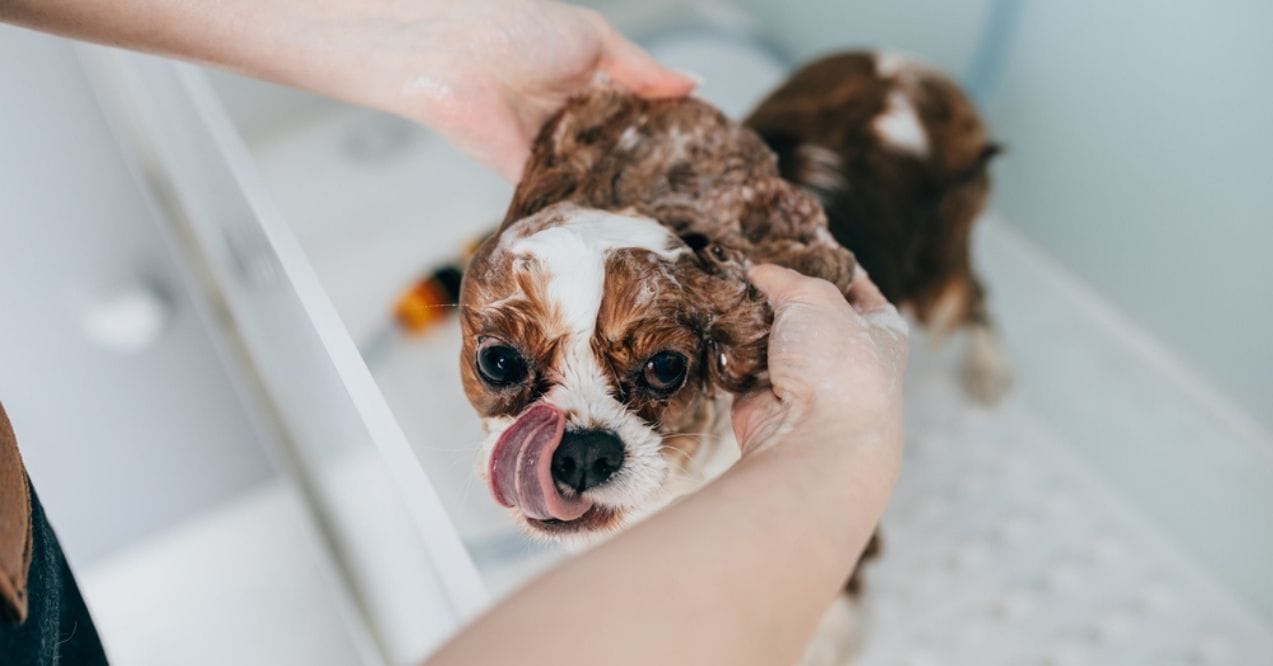
A proactive approach to skin care can help keep your pup’s coat and skin in top condition. Regular brushing not only spreads natural oils throughout your dog’s coat but also gives you a chance to spot any changes early. Keeping your dog’s bedding clean and maintaining a consistent grooming schedule can make a big difference.
Choose a brush that suits your dog’s coat type – shorter-haired pups do well with soft bristle brushes, while longer-haired friends might need a pin brush or comb. Aim to brush your dog at least 2-3 times a week, focusing on areas where black spots on dogs belly commonly appear. This routine helps remove loose fur, dirt, and any small irritants before they cause problems.
Bath time deserves special attention too. Pick a gentle, pet-specific shampoo and make sure to rinse thoroughly – leftover soap residue can cause skin irritation. After baths, dry your pup completely, paying extra attention to skin folds and areas where moisture tends to linger.
Diet and Supplements for Skin Health
Good skin health starts from the inside out. A balanced diet rich in essential nutrients can help maintain your dog’s healthy skin barrier. Is Omega-3 good for dogs? Adding Omega-3s to your pup’s diet might support their skin’s natural defenses and keep their coat shiny.
Quality protein sources like salmon, turkey, or lamb can provide the building blocks for healthy skin. Fresh fruits and vegetables add vital nutrients – carrots, sweet potatoes, and blueberries pack beneficial antioxidants. Some pup parents even add a spoonful of plain, natural yogurt to their dog’s meals for added nutrients.
Watch how your dog responds to different foods. Sometimes, switching to a different protein source or adjusting portion sizes makes a noticeable difference in skin health. Always introduce new foods gradually, giving your pup’s system time to adjust to the changes.
When to See a Vet
While many black spots are harmless, certain signs warrant professional attention:
- Spots that grow or change rapidly
- Areas that become raised or scaly
- Spots that bleed or seem painful
- Excessive scratching or licking of spotted areas
Trust your instincts – if something about your dog’s skin changes doesn’t feel right, it’s better to get it checked out. Professional evaluation can provide peace of mind and ensure your pup receives proper care if needed.
Conclusion
Finding a black spot on your dog’s skin doesn’t always mean trouble, but knowing what to look for helps you make the best choices for your furry friend’s health. By staying observant and maintaining good skin care habits, you can help keep your pup comfortable and catch any potential issues early. Regular check-ups, proper nutrition, and lots of loving attention go a long way in maintaining your dog’s skin health.
Black spots often appear naturally as your pup ages or after skin irritation heals. They can result from sun exposure, friction from collars or bedding, or your dog’s natural pigmentation patterns. Most spots are harmless changes in skin color.
Yes, black spots on dogs belly are usually normal. Many pups develop these spots over time, especially in areas with less fur coverage. As long as the spots aren’t raised, itchy, or bothering your dog, they’re typically nothing to worry about.
Spots that grow quickly, change shape, or appear alongside other symptoms need attention. While most changes happen gradually and naturally, rapid growth could signal your pup needs a check-up. Keep track of any changes in size or appearance.
Most natural black spots don’t need treatment. Focus on good grooming habits, proper nutrition, and regular skin checks. If spots appear with itching or discomfort, start with gentle cleaning and monitoring before seeking professional advice.
Advertisement. This site offers health, wellness, fitness and nutritional information and is designed for educational purposes only. You should not rely on this information as a substitute for, nor does it replace, professional medical advice, diagnosis, or treatment. If you have any concerns or questions about your health, you should always consult with a physician or other health-care professional. Do not disregard, avoid or delay obtaining medical or health related advice from your health-care professional because of something you may have read on this site. The use of any information provided on this site is solely at your own risk.
